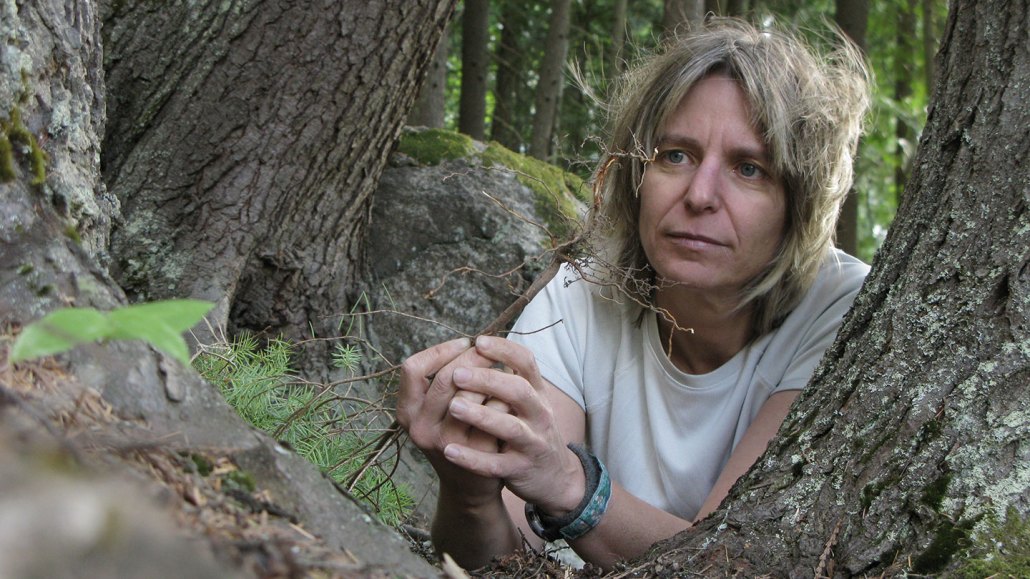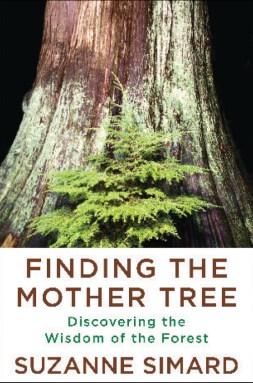An ecologist’s new book gets at the root of trees’ social lives
In ‘Finding the Mother Tree,’ Suzanne Simard recounts discovering forests’ hidden networks

Suzanne Simard went up against the male-dominated logging industry with compelling evidence that trees commune via a network of underground fungi.
© Bill Heath








